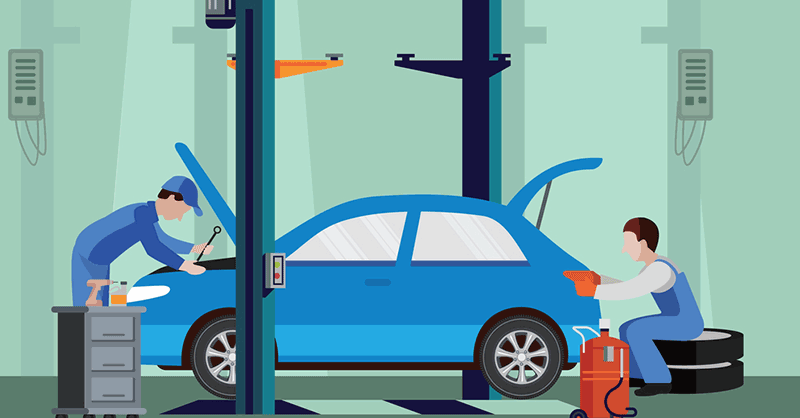Hiring an auto mechanic to replace your carburetor can cost upwards of $600. But, the carburetor is a piece of equipment that is simple to repair for anyone, even those not skilled in car maintenance.
So, the best option you have when your carburetor no longer works isn’t a replacement. Save money and revel in the opportunity to get under the hood by rebuilding it.
To get you started, we’ve made this carburetor rebuilding guide to help you get the job done right and back on the road.
Signs Carburetor Needs Repair
Carburetors control your vehicle engine’s air to fuel ratio. Newer cars, manufactured after the mid-’80s use fuel injection instead of carburation. In vehicles that still use carburation, checking your carburetor should be a regular part of your car maintenance checklist.
Some signs that indicate you need to repair your carburetor include:
- Slow starting
- Rough idling
- Engine stalling or flooding
- Increased fuel consumption
- Black smoke from the tailpipe
- Failed emissions tests
If you notice any of these symptoms in your vehicle, conduct a visual inspection of your carburetor. Dirt and grime buildup might mean you need to clean it. After a quick clean, if you are still experiencing these issues it’s time to rebuild.
Car Maintenance Tool kit
Before you get started on the rebuild, you should make sure you have all the tools necessary:
- Carburetor rebuild kit
- Carburetor cleaner
- Set of wrenches
- Screwdriver
- Safety goggles and gloves
- Water
- Shop towels (or towels you don’t mind getting dirty)
Gather your materials and find a well-lit workspace. Before you start any work, be sure to don your safety gear.
Rebuild Your Carburetor
You can rebuild your carburetor in 5 easy steps.
1. Remove your carburetor from your engine and bring it to your workspace.
2. Begin disassembling the carburetor. This process includes removing the accelerator pump and the cover. Complete this step with care so you may reassemble it later.
3. Use the carburetor cleaner and your towels to wipe down the disassembled parts.
4. After you clean your parts, rinse them in the water. You can use extra towels to pat them dry but do not move on to the next step until each part is completely dry.
5. Finally, read and follow the carburetor rebuild kit instructions to put your carburetor back together, reattaching the accelerator pump and cover after you are finished.
Make sure all your parts are nice and secure. Then, you can put your newly rebuilt carburetor back into your vehicle and start your engine. Give it a test drive on a low-traffic road or parking lot to make sure it’s running right.
If you have a smooth drive and all your carburetor-related issues are resolved, hit the open road and feel proud of your accomplishment!
Repair Your Carburetor and Get Moving!
A faulty carburetor shouldn’t give you sleepless nights. It’s easy to rebuild it on your own, saving you hundreds of bucks you’d have otherwise spent in a repair shop.
At Motor For Life, we have you covered on all your vehicle content needs. Our content ranges from car maintenance tips to new car launches and all the latest car news. Stay tuned!





